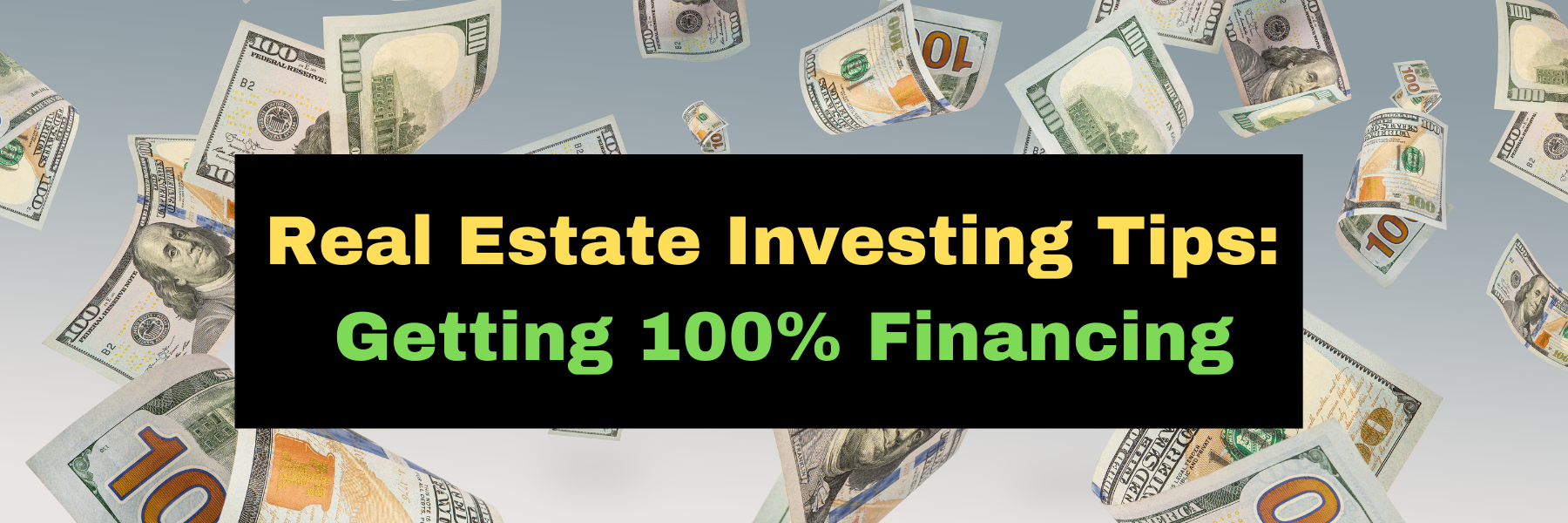Real Estate Investing Tips: Getting 100% Financing
Today we are going to focus on one of the biggest questions real estate investors have, which is how they can get 100% financing. Here at The Cash Flow Company, we talk to an average of 20 to 25 investors a day. Many of them are facing a number of hurdles that are not only impacting them, but their investments as well. By looking at the patterns that we have seen over the years, it allows us to better meet the needs of our clients. How can you get 100% financing on your next investment property? Let’s take a closer look.
How do I get 100% financing?
Everyone wants to get into real estate investing with 100% financing. However, many of them wonder how can they get the money they need for their rental property or fix and flip. While there are some lenders who offer 100% financing, they will only do so if you have already done 1 or 2 deals. To put it another way, investors who have not had the experience yet, need other lending options immediately. Many traditional lenders will only lend 80% to 90%. Become a real Real Estate Investor by building your confidence to go ask people for the money you need for your investments. By finding good deals and demonstrating your confidence, the sky is the limit to your success.
First, HELOCS:
HELOC stands for home equity line of credit. A HELOC allows you to take money out of your property or a rental property. You can then use these funds to bridge the lending gap for your next investment.
Second, Real peoples money:
Real people are those within the community who are in search of better returns on their funds. There are a ton of people out there who have $20K to $100K to invest and are looking for better returns.
Third, Start using creative financing today:
Creative financing includes business credit cards, which can be used to fund the rehab, staging, and even a Vrbo. However, it is important to keep in mind that the credit card needs to be a business credit card at 0%, otherwise it will not be beneficial to you or your investment needs.
Fourth, What is stacking and how can it help you reach your financing needs?
The lending journey begins with your primary mortgage company who will give you 80% to 90% financing. As a result, investors must begin the search for additional financing options in order to get up to 100% financing. Gap funding options can actually include HELOCS, family friends, real peoples money, as well as establishing a partnership.
Are you on the right path?
Contact us today if you have any questions on how to get started in real estate investing! Do you have a property in mind? Send us the numbers and we will see if it is a good investment opportunity for you. Nowadays funding is a critical piece to real estate investors’ success, it is important that you know your numbers ahead of time to make things easier, cheaper, and faster.
Watch our most recent video to learn more Real Estate Investing Tips: Getting 100% Financing.

